The Story of the Model
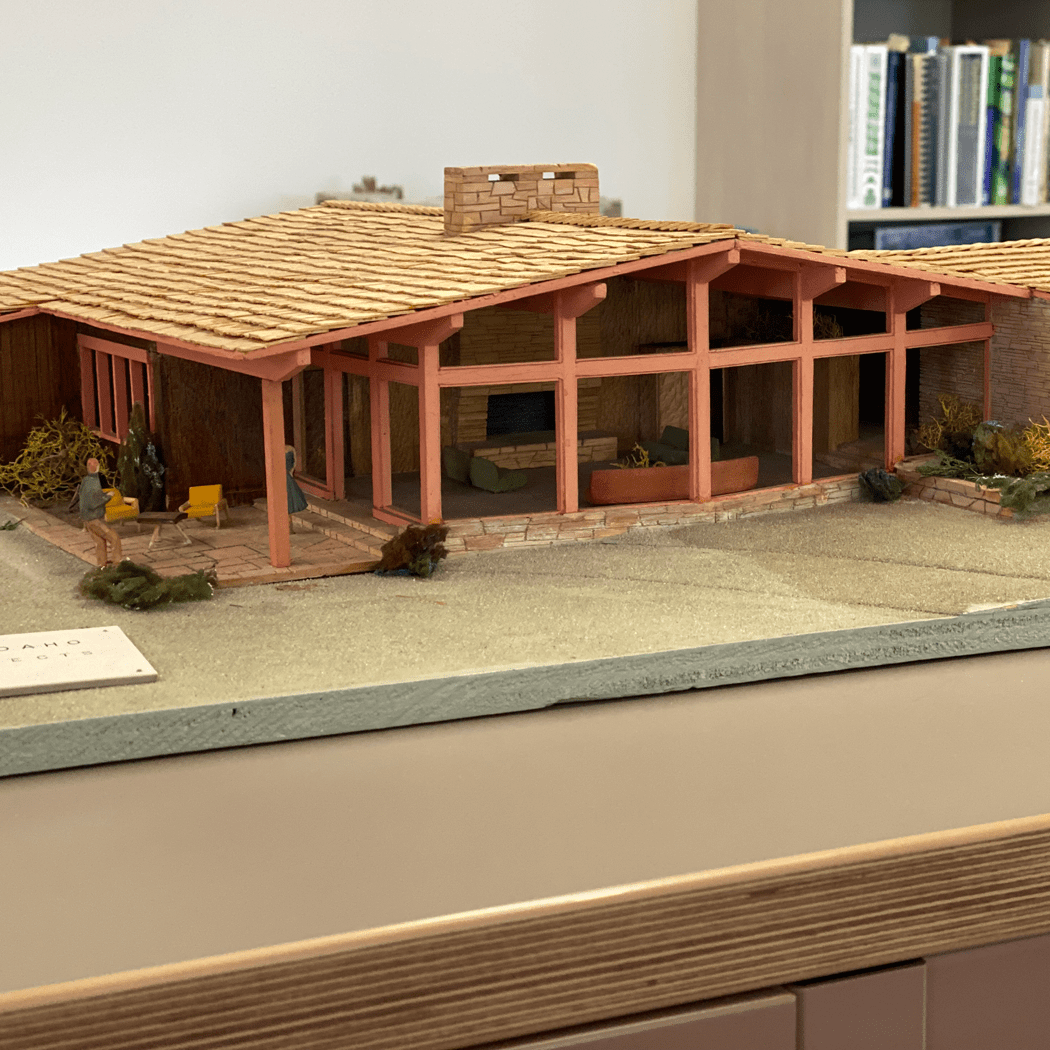
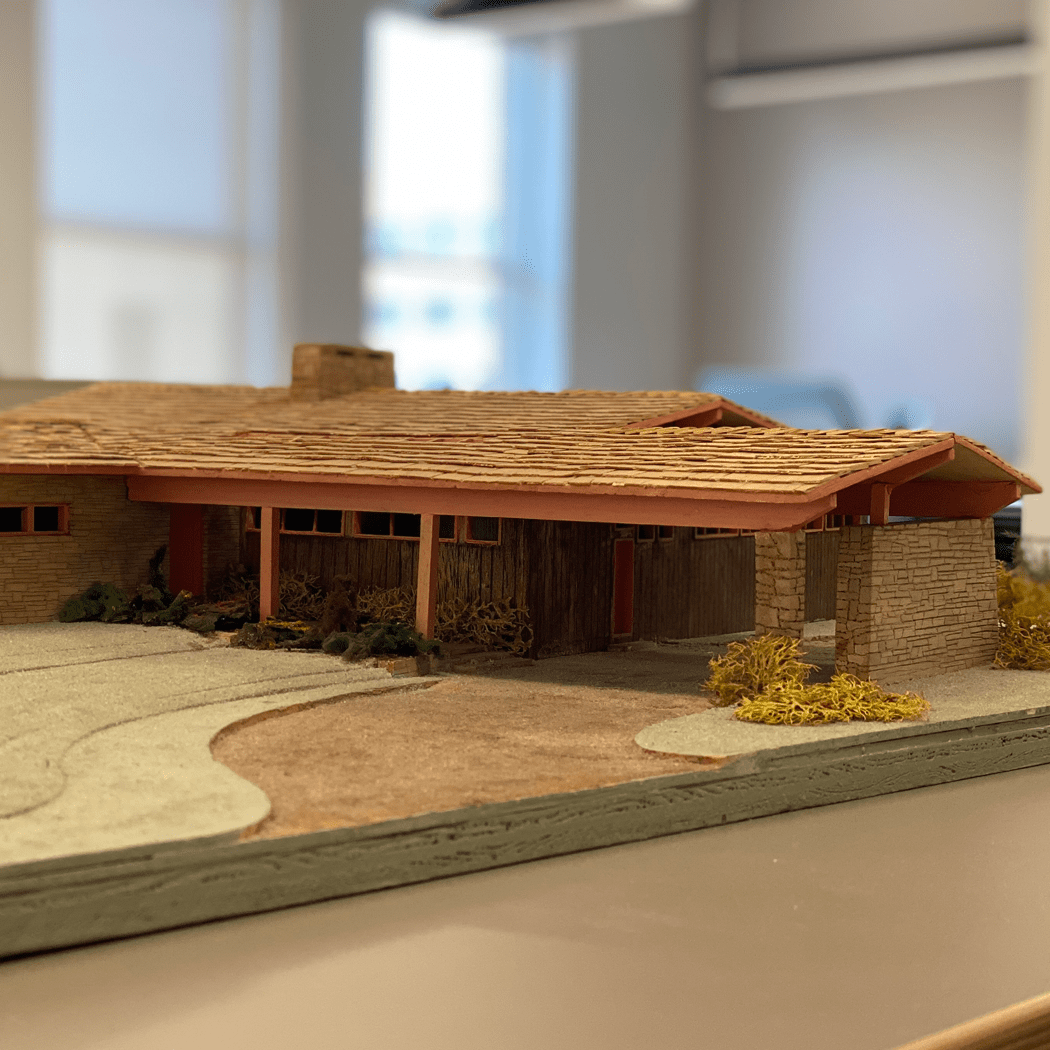
This is a handmade model of the David and Blanche Rosenthal home in Sun Valley, Idaho, a home designed by architect, Jedd Jones. After joining the firm in 1945 (then named Hummel, Hummel, & Jones), Jedd Jones quickly built a reputation for his low, one-story western ranch homes that featured natural materials to connect the outdoor space with the interior of the home. The Rosenthal Home, built for David and Blanche Rosenthal in the early 1950s, demonstrates Jones’ mid-century iconic style. The Rosenthals spent many years residing in apartment buildings in both Buenos Aires and New York before choosing Sun Valley as the location for their new home. The couple wanted this home to combine “every luxury of gracious living” with a cozy, warm atmosphere that encouraged people to “feel at home wearing ski clothes in winter, and hunting and fishing togs in summer.”[1]

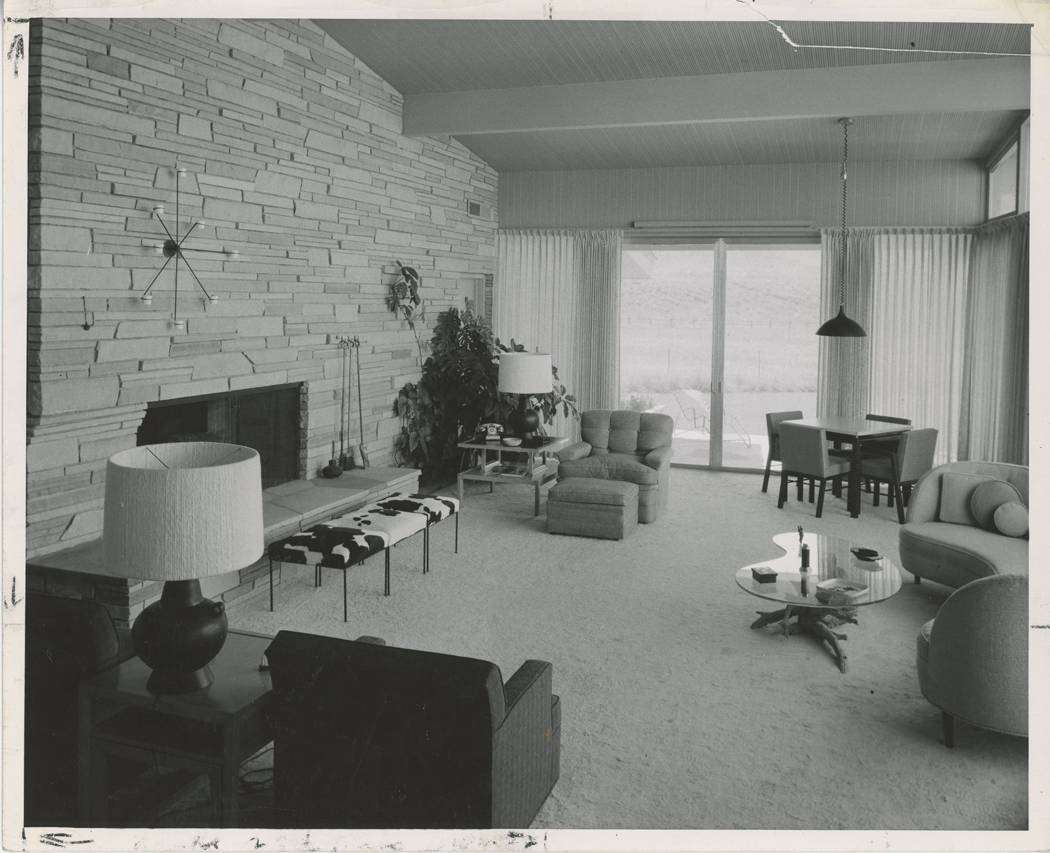
The couple wanted this home to combine “every luxury of gracious living” with a cozy, warm atmosphere that encouraged people to “feel at home wearing ski clothes in winter, and hunting and fishing togs in summer.”
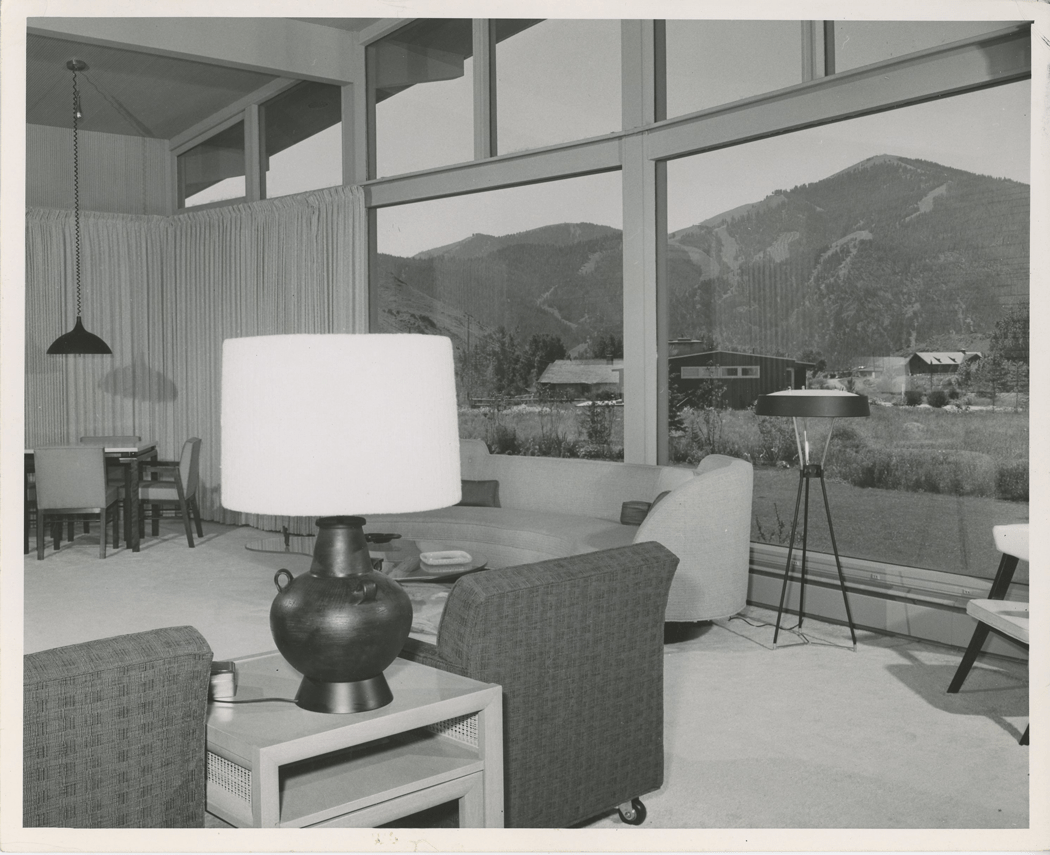
When completed, this home had three bedrooms, each with its own dressing room that provides plenty of wardrobe space for occupants. Mrs. Rosenthal’s dressing room consists of mauve and pink coloring, with a closet colored in royal purple to contrast with the neutral shades. According to the Idaho Daily Statesman, “a particularly ingenious way of handling an inside room is shown in the powder room of the house.”[1] Hidden in the ceiling of the powder room is an overhead light, “diffused by a false ceiling of corrugated plastic,” meant to give the room an appearance of natural illumination.[2] To maintain a luxurious feel, the powder room was decorated with lighted photographs of the Rosenthal family’s foreign travels.
Aside from the architecture and interior design of the house, the Rosenthal home includes several amenities that contribute to the owner’s desire for gracious living. An installed intercom system allows occupants to enjoy music throughout the house, while a movie projection screen lowers from the living room ceiling to provide an entertainment experience that was quite luxurious during the 1950s. Electronic buttons are used to open the home’s several doors and disappearing partitions as well.[1]
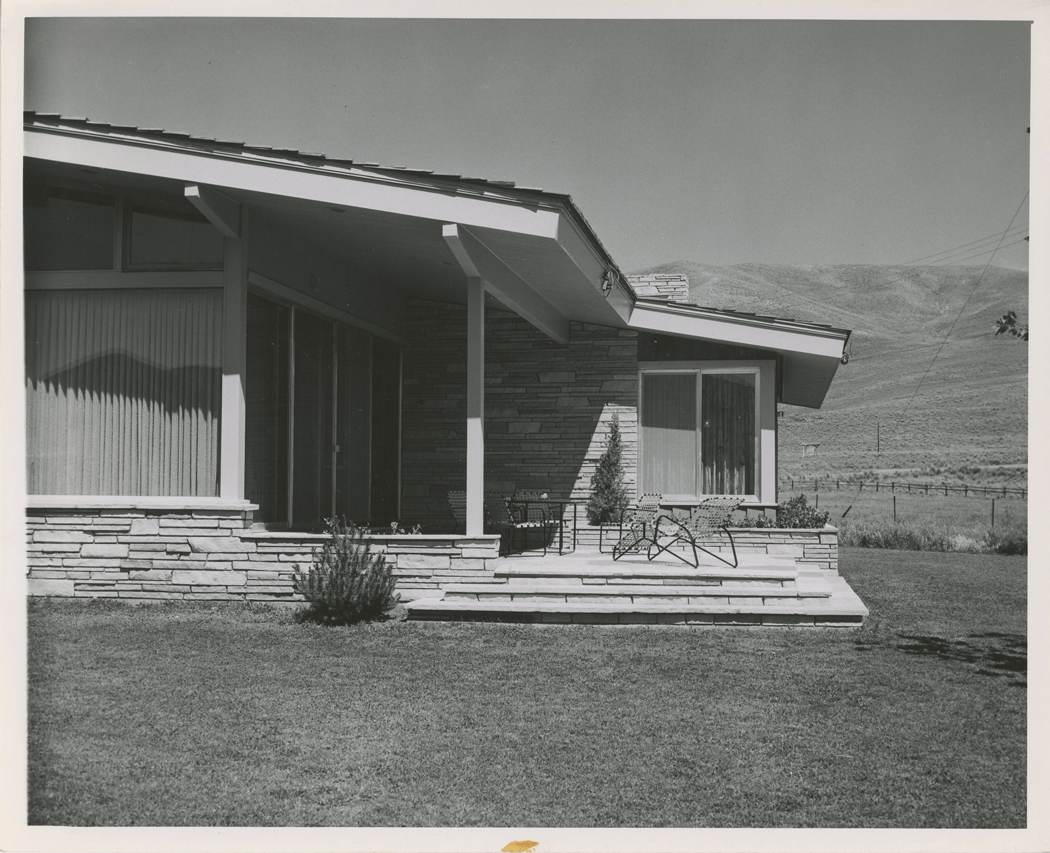
The home stood facing Sun Valley Lake with a view of Dollar Mountain from the living room (current address would be approx. 7 Dollar Road). It is no longer extant as a home but lives on as a scale model in the Hummel Architects office.
[1] “No Mountain Cabin This, It’s a Luxury Lodge,” Idaho Daily Statesman (Boise, ID), April 8, 1956.
